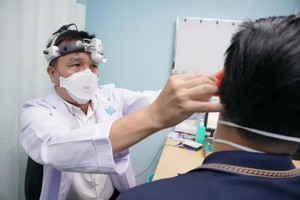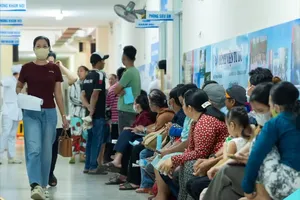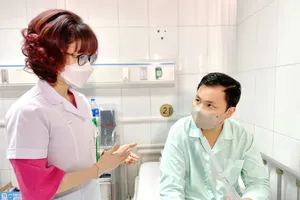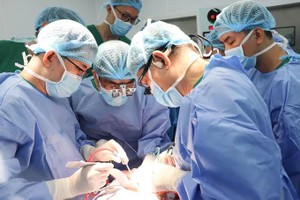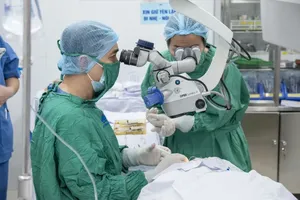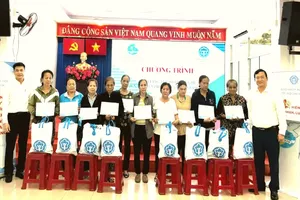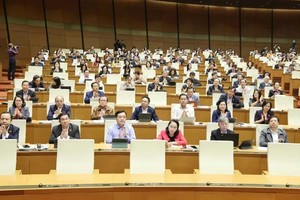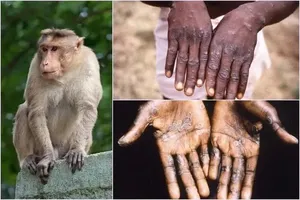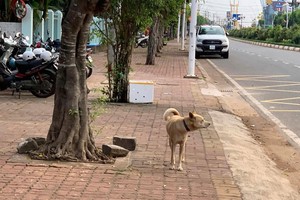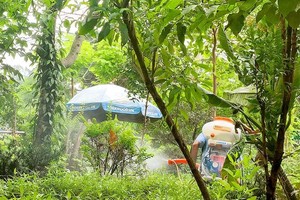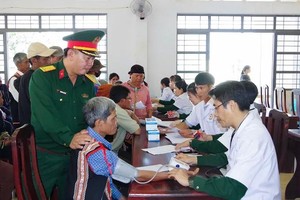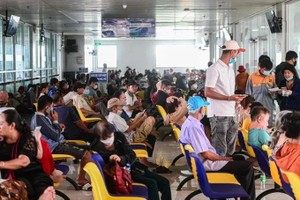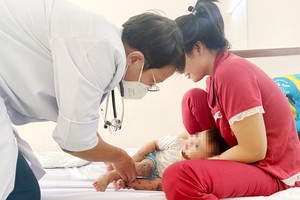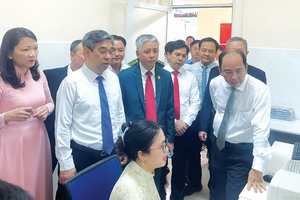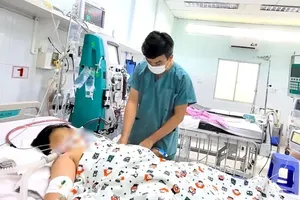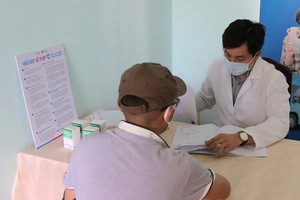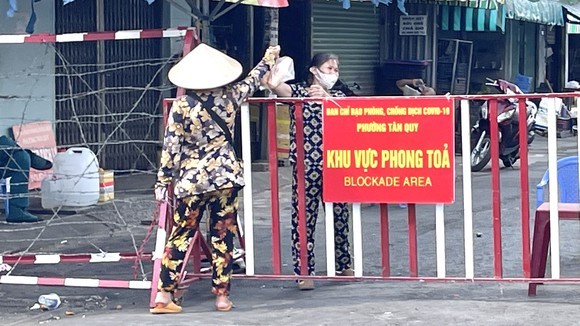
The Ministry of Health today sent an official dispatch to the municipal People's Committee about piloting home medical isolation for F1 contacts.
According to the official dispatch, the Covid-19 epidemic has been developing complicatedly with the emergence of new variants to be more transmissible than previous variants resulting in patient overload in makeshift hospitals and infirmaries for treatment of coronavirus disease.
Local authorities are responsible for closely monitoring and supervising quarantined people, taking samples for testing for according to regulations.
Under the Ministry of Health’s guideline, the People's Committee of the southern metropolis will direct people's committees in districts and wards to allow home isolation only after checking accommodations that meet isolation requirements according to the guidelines. Moreover, local health authorities must manage and supervise the implementation of home quarantine as well as the collection and transportation of medical waste for treatment according to regulations. The city Center for Disease Control must conduct testing for SARS-CoV-2 at homes.
According to the guidance of the Ministry of Health on piloting home medical isolation for F1 contacts, a warning sign on a red background with yellow letters: "Medical Isolation Location" must be placed in front of F1 contacts’ houses.
Furthermore, patients must stay in a single isolation room which is separate from the family's common living area. If the house has many floors, one separate floor should be used for medical isolation. Next to the medical isolation room, there must be a separate room for medical staff to conduct medical examination, and take samples.
Covid-19 patients' rooms should be ventilated ( it is best to open the windows often) and cleaned and disinfected daily. Family members must have personal protective equipment for infection prevention when they have no choice but to come into close contact with their quarantined relatives.
Quarantined patients must strictly abide by the regulations and the time of medical isolation at home. They must not leave the isolation room during the isolation period as well as not contact with family members or other people, or with pets.
Additionally, they must implement the 5K principles and epidemic prevention and control measures as prescribed. Installation of Bluezone application for daily medical declaration during the quarantine time is needed. Without smartphones, they must phone health care workers to report their temperature and health condition especially notification of suspicious symptoms such as cough, fever, sore throat, difficulty breathing.
People living under the same roof as the quarantined person must take care of Covid-19 patients. Elderly people and people with underlying medical conditions who need medical care are not allowed to live in the same house as the quarantined person.
Last but not least, if the F1 case is a child or a weak elderly person with an underlying medical condition that needs caregivers and supporters, the Ministry allowed their relatives to take care of them upon promise with the local administrations. Caretakers of Covid-19 patients must notify medical workers if isolated people develop symptoms of cough, fever, sore throat, and difficulty breathing. Daily collection of domestic waste of quarantined people must be ensured.
